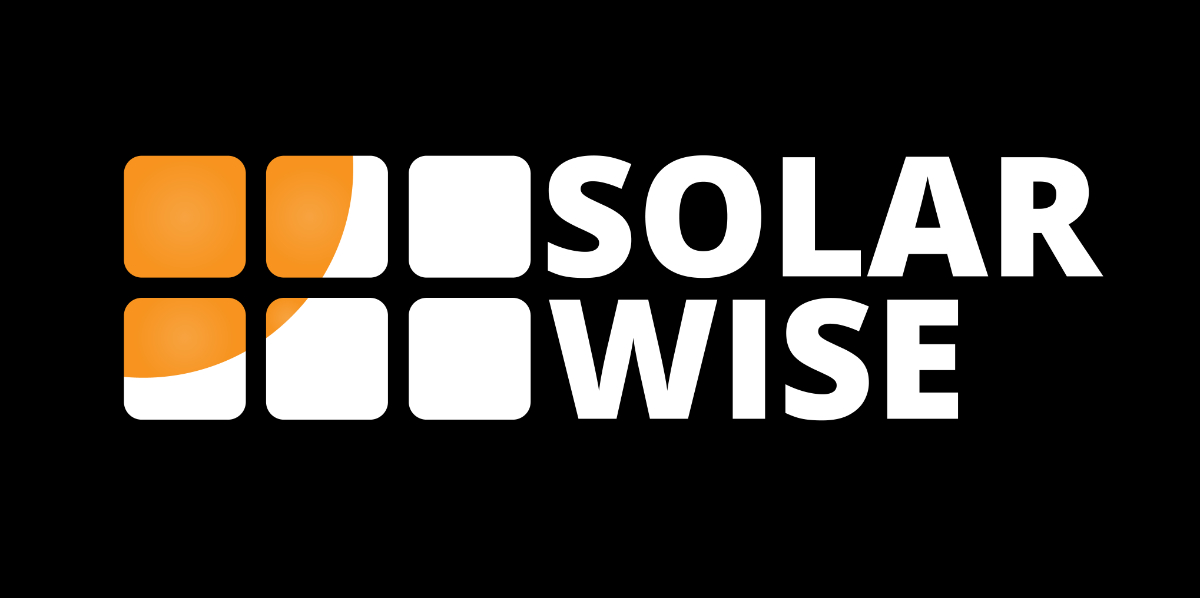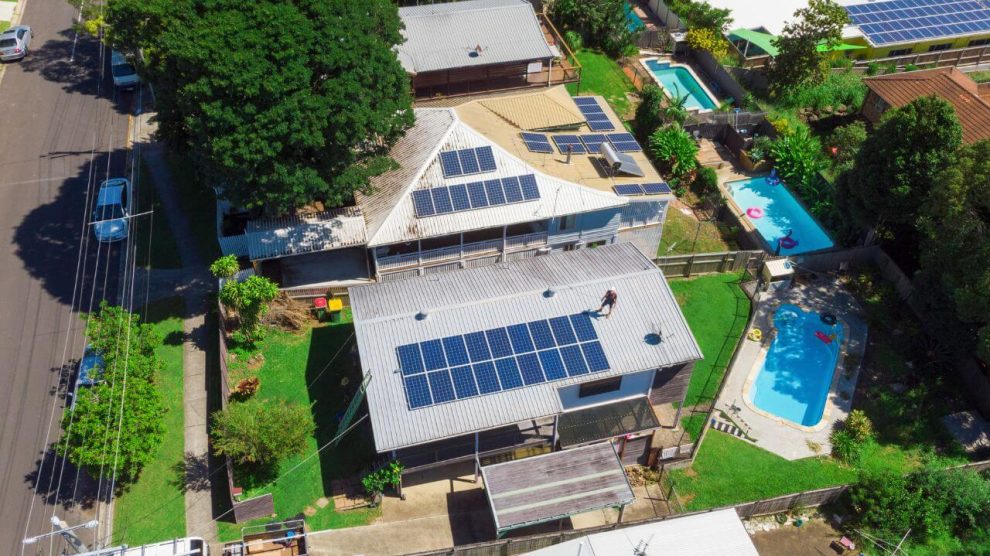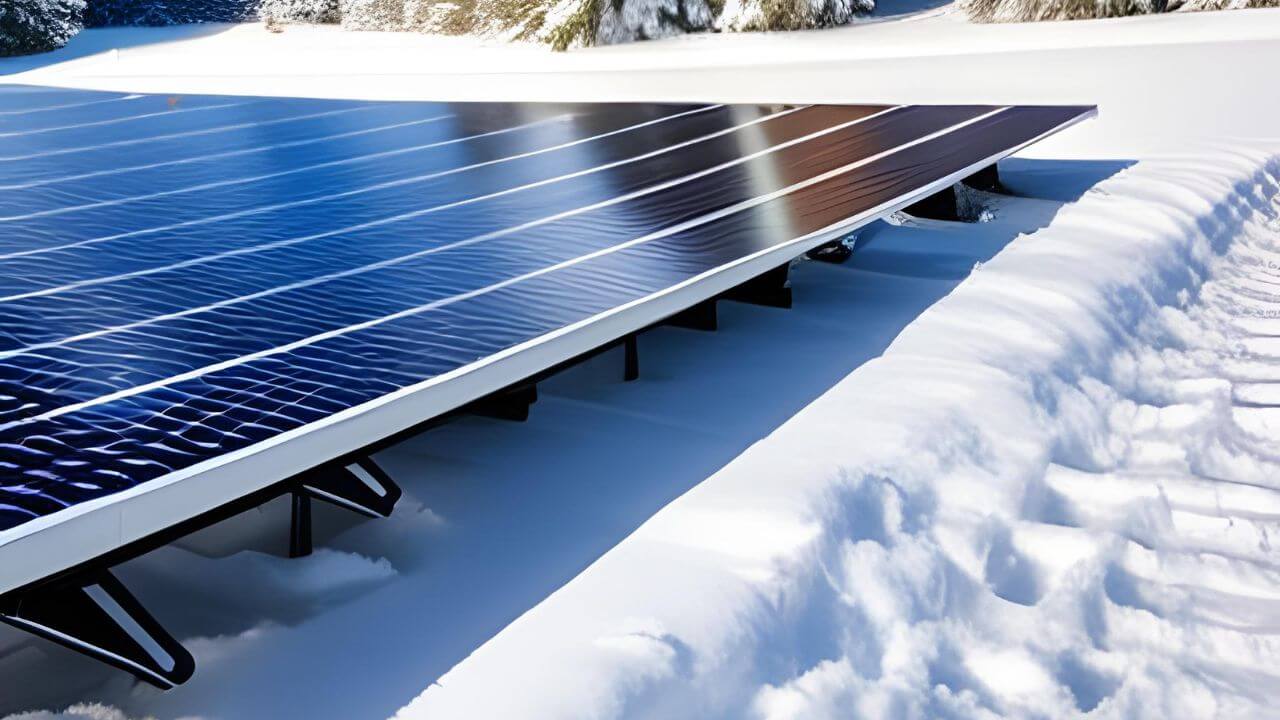More and more property owners are seeing solar energy a practical and responsible choice as they strive to counteract climate change and reduce electricity expenses. However, the task of determining the appropriate size and number of solar panels tailored to your home can appear overwhelming. Worry no more! This blog post will guide you through evaluating your energy demands accurately and choosing the most fitting solar panel configuration for your residence. By combining some straightforward math with expert insights, you’ll soon be tapping into the sun’s energy and reaping the rewards of sustainable, green power. So, let’s embark on the journey to uncover the optimal solar panel system tailored to your specific needs!
Assessing Your Energy Needs
Calculate your average monthly electricity usage
Figuring out your average monthly electricity consumption is actually simpler than it seems! It involves collecting the necessary data and performing a bit of arithmetic. Here, we’ll guide you through several straightforward steps:
- Step 1: Collect Your Bills: Gather your electricity bills from the last 12 months. In the absence of hard copies, your utility provider’s website should have this information.
- Step 2: Identify Your Consumption: Review each bill by reviewing how many kilowatt-hours (kWh) you used each month. The kWh is a measure of energy denoting the extent of power you’ve utilized, and it should be prominently displayed on your bill.
- Step 3: Sum It Up: Calculate the cumulative kWh from all 12 bills. This provides your total electricity usage over the year.
- Step 4: Determine the Average: Divide the cumulative kWh by 12 (the number of months in a year), which will help you ascertain your average monthly electricity usage. For instance, if your annual consumption is 1200 kWh, the average monthly use would be 1200 kWh ÷ 12 = 100 kWh per month.
- Step 5: Analyze Your Consumption: Analyzing your monthly consumption assists in fostering an energy-conscious mindset! You might observe a winter usage surge, possibly due to increased heating needs. Recognizing this allows you to strategize how to utilize energy more judiciously during that period.
Armed with the knowledge of your average monthly electricity usage, you are now in a position to optimize your energy habits, potentially leading to reduced electricity bills! It boils down to being well-informed and making thoughtful choices.
Identify energy efficiency improvements
Before diving into the world of solar panels, it’s essential to identify where you can boost energy efficiency in your home. This will help you cut down on your overall electricity usage. A good starting point? Look at upgrading everyday household items like refrigerators, washing machines, or AC systems to their energy-efficient counterparts. They’ll consume less power, which will reflect in your energy bills. Also, giving your home a better insulation makeover can significantly affect how much energy you use. Proper insulation ensures that your home remains temperate all year round, reducing the need for constant heating or cooling. These changes reduce your energy needs and pave the way for a more efficient and scaled solar panel system.
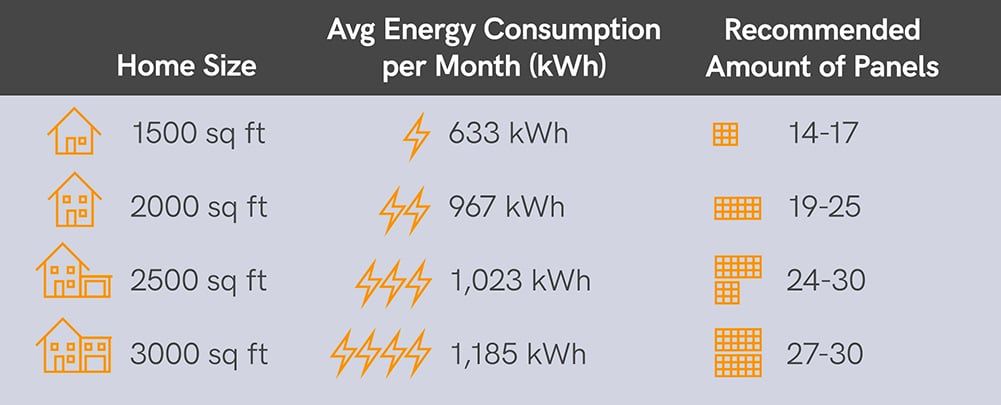
Credit: nexamp.com
Sizing Your Solar Panel System
Understand solar panel efficiency and capacity
Picking the right solar panel setup for your home requires you to understand efficiency and capacity. The wattage tells you how much electricity the panel can produce under perfect conditions. On the other hand, solar efficiency is about the amount of sunlight the panel can turn into electricity. More efficiency means more power from the same amount of sunlight. Panels come in varieties – like monocrystalline, polycrystalline, and thin-film – with efficiency rates and price points. When shopping around, balance efficiency, cost, and the product warranty to ensure you get the best fit for your energy needs and wallet.
Calculate the number of solar panels needed
To figure out how many solar panels your house needs, start by dividing your desired energy output (measured in kilowatt-hours) by the capacity of a single panel (measured in watts). This calculation approximates the panels needed to fulfill your energy demands. Remember that the capacity of a solar panel indicates its maximum production under optimal conditions. Furthermore, take into account system efficiency and factors specific to your location, such as shading, regional climate, and the positioning of the panels. These elements can influence the actual energy generation of your solar panels. Make the necessary adjustments to your calculations to ensure a more precise estimation of the number of panels required to satisfy your home’s energy needs.
An example:
To determine the right size and number of solar panels, follow these steps: First, check your monthly electricity usage on your bills (e.g., 900 kWh). Next, divide this by 30 for daily usage (e.g., 900 kWh ÷ 30 = 30 kWh). Then, divide the daily usage by your area’s average daily sun hours (e.g., 30 kWh ÷ 5 hours = 6 kW). Finally, divide this number by your solar panel capacity (e.g., 6 kW ÷ 0.3 kW = 20 panels). In this example, considering other factors like efficiency and shading, you’d need 20 solar panels with 300W capacity each to meet your energy needs.
Assessing Your Roof Space and Orientation
Evaluate available roof space
When evaluating available roof space for solar panels, consider your roof’s size, shape, and any obstacles. Measure the area and account for vents, chimneys, or skylights that could obstruct panel installation. Keep in mind that complex roof shapes may require custom mounting solutions. Furthermore, anticipate potential future expansions of your solar system, such as adding battery storage or increasing the number of panels to accommodate growing energy needs. By carefully assessing your roof’s characteristics and planning for the future, you can effectively determine the best layout and ensure optimal solar panel installation, maximizing energy production and the benefits of your investment.
Determine optimal panel placement and orientation
Determining the optimal panel placement and orientation is crucial for maximizing your solar system’s energy production. Two essential factors to consider are the panel tilt and azimuth. The tilt is the angle at which your panels are inclined, and the azimuth refers to their horizontal orientation. For most locations, the ideal tilt angle is equal to the latitude, while the azimuth should face true south in the Northern Hemisphere or true north in the Southern Hemisphere. With the right tilt and azimuth, your panels can receive maximum sunlight throughout the day and year, resulting in higher efficiency. Always consult with solar professionals to optimize your system’s performance.
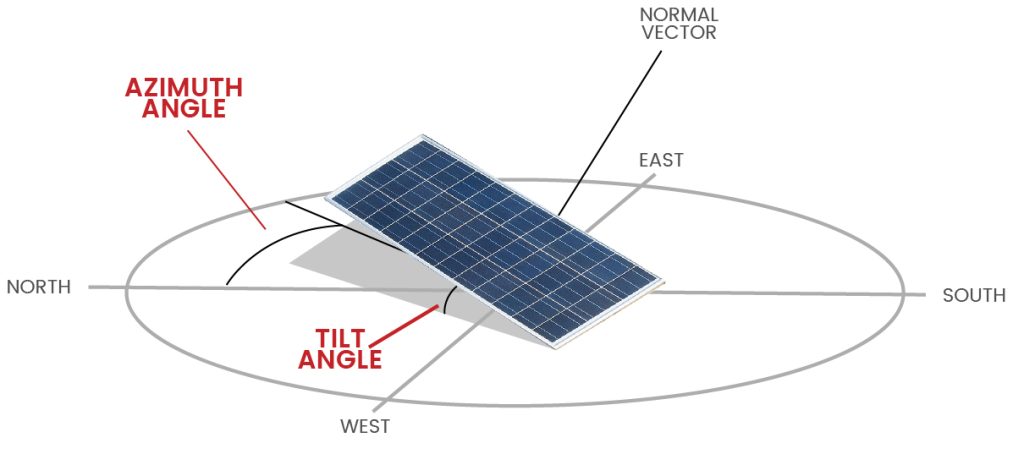
Credit: 13kuga.com.au
Selecting the Right Solar Panel System
Compare solar panel types and manufacturers
When picking solar panels, comparing different types and manufacturers is essential. Polycrystalline, monocrystalline, and thin film solar panels are the three main types. Monocrystalline panels have higher efficiency and a sleeker appearance but can be more expensive. Polycrystalline panels are slightly less efficient and cost-effective. Thin-film panels are the least efficient but can be more versatile and lightweight.
When comparing manufacturers, it’s important to examine warranties, performance, and pricing. Seek panels that offer an extensive performance warranty, usually around 25 years, along with a reliable product warranty. To evaluate performance, consider factors such as panel efficiency, temperature coefficient, and the rate of degradation. Lastly, take into account the cost per watt to identify the most worthwhile option for your investment.
Evaluate solar inverter options
When selecting a solar system, evaluating different inverter options is crucial. Two primary types are string inverters and microinverters. String inverters connect multiple panels in a series, while microinverters are installed on each panel individually. Microinverters offer better efficiency, particularly in shaded or complex installations, but can be more expensive.
Consider compatibility and efficiency when making your choice. Confirm the inverter is compatible with your chosen solar panels and matches your system’s size and voltage requirements. Compare the efficiency ratings of different inverters, as higher efficiency translates to more energy production and better return on investment. Consult with a solar professional to pick the best inverter option for your specific requirements.
Conclusion
To truly tap into the sun’s power for your home, you need to figure out the perfect size and quantity of solar panels. Evaluate your energy consumption, factor in your space, and grasp the different solar technologies. And while this guide gives you a headstart, remember that nothing beats personalized advice from solar industry experts. They’ll ensure your solar setup is correctly chosen, perfectly installed, and optimized. Ready to step into a brighter, eco-friendlier tomorrow? Start your solar journey now!
